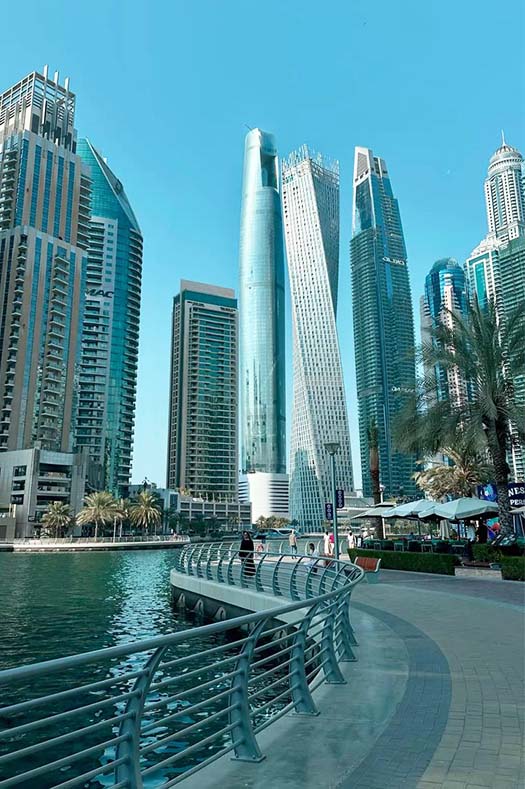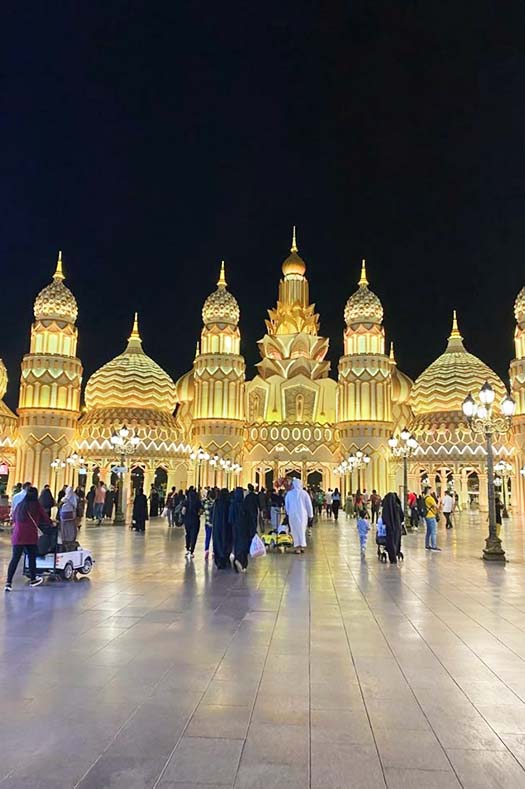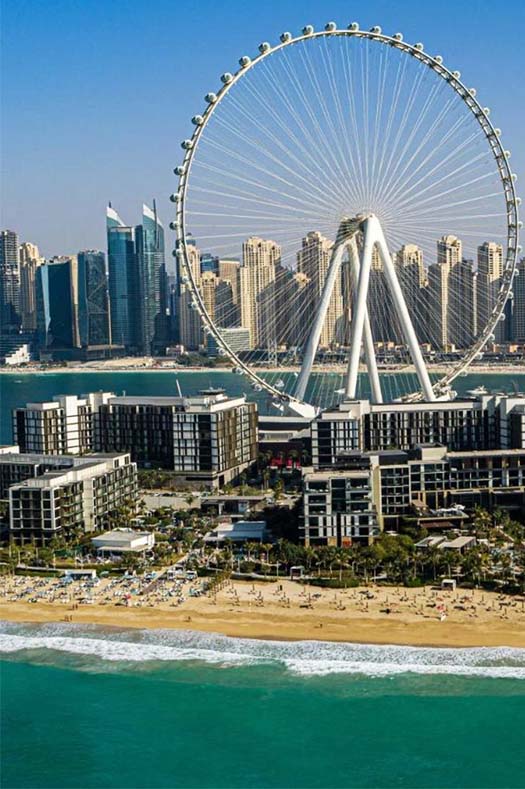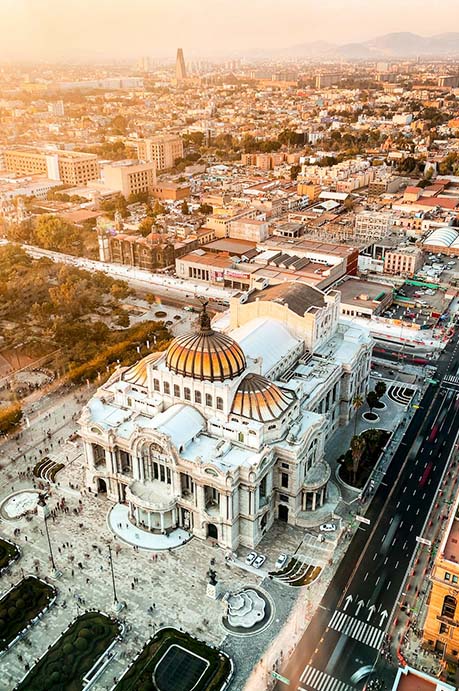Discover essential Paris travel tips to save money, time, and stress in 2025. From cheap eats to transport hacks, explore Paris smarter and on a budget.
Table of Contents
Introduction: Why Smart Travel Matters in Paris 2025

Paris remains one of the most visited cities in the world, but in 2025, travelers are facing new challenges that make smart planning more important than ever. Rising costs for accommodation, dining, and attractions can quickly overwhelm your budget if you’re unprepared. On top of that, the city continues to draw massive crowds, especially around iconic landmarks like the Eiffel Tower and the Louvre, which can make sightseeing stressful and time-consuming. This is where the right Paris travel tips come in handy. By learning how to navigate the city efficiently, finding ways to save on transportation and meals, and knowing the best times to visit popular spots, you can cut down on unnecessary expenses and avoid the hassle of long queues. With thoughtful preparation, your Paris trip in 2025 can be smoother, more affordable, and far more enjoyable.
Best Time to Visit Paris Without the Crowds
Timing your trip is one of the smartest Paris travel tips you can follow if you want to save both money and stress. In 2025, the city is expected to be even busier due to international events and a steady rise in global tourism. The best months to visit Paris are during the shoulder seasons—April to early May and September to early October—when the weather is pleasant, flight and hotel prices are lower, and attractions are less crowded. If you’re on a tighter budget, the winter months (January through early March) offer the cheapest deals, though you’ll need to pack warm clothing. By avoiding peak summer and holiday periods, not only will you spend less, but you’ll also enjoy a more relaxed atmosphere at popular landmarks. Planning your visit around these times ensures a smoother experience and helps you make the most of your Paris adventure.
How to Find Budget-Friendly Accommodation in Paris
Finding the right place to stay is often one of the biggest expenses of any Paris trip, but with the right Paris travel tips, you can cut costs without sacrificing comfort. Instead of booking hotels near the Eiffel Tower or the Champs-Élysées, look at neighborhoods like Montmartre, Belleville, or Canal Saint-Martin, which offer charming stays at lower prices while still keeping you close to the city’s highlights. Budget travelers can also explore hostels, guesthouses, and Airbnb apartments, many of which provide excellent amenities at a fraction of the cost of central hotels. Another smart option is to book accommodation near a metro line—this allows you to stay farther from tourist hotspots while still enjoying quick and affordable access to attractions. By comparing prices early, using loyalty points, or taking advantage of off-season discounts, you’ll save money and have more to spend on experiences that truly matter.
Paris Transportation Hacks to Save Money & Time
Getting around Paris efficiently is key to a stress-free trip, and mastering transportation is one of the most valuable Paris travel tips for 2025. The city offers an extensive metro, bus, and RER train network, making it easy to reach major attractions without relying on expensive taxis. For travelers planning multiple trips per day, investing in a Navigo Weekly Pass or Paris Visite Pass can save both money and time, offering unlimited travel across public transport lines. Walking is another excellent way to explore central Paris while soaking in the architecture and vibrant street life—plus, it’s free! For short trips or scenic routes, consider renting a bike via Vélib’ or using electric scooters available throughout the city. By combining public transport, walking, and affordable rentals, you’ll navigate Paris smoothly, reduce travel costs, and make the most of every moment.
Dining in Paris Without Overspending
Eating well in Paris doesn’t have to drain your wallet, and following these Paris travel tips can help you enjoy the city’s cuisine on a budget. One of the best ways to save is by exploring street food and local bakeries. For example, Le Grenier à Pain in Montmartre offers delicious baguette sandwiches for under €5, while food trucks near the Canal Saint-Martin serve tasty crêpes and galettes starting at just €4.
Another money-saving strategy is to take advantage of prix fixe lunch menus at small bistros—many offer a three-course meal for €12–€20. For instance, Bistrot Victoires near the Louvre is popular for its affordable and classic French dishes. Happy hours are also a great way to enjoy drinks without overspending; bars like Le Comptoir Général on the Canal host cocktails for €6–€8 during early evening hours.
Finally, avoid dining right next to major tourist attractions, where prices are often inflated. Instead, explore neighborhoods like Belleville or Latin Quarter, where locals eat, and you’ll find authentic meals at far better prices. With these simple strategies, you can savor the flavors of Paris while keeping your budget intact.
Top Free & Low-Cost Attractions in Paris
Exploring Paris doesn’t have to be expensive, and following these Paris travel tips can help you enjoy the city’s highlights without breaking the bank. One of the best ways to experience the city is by walking along the Seine River and the iconic Champs-Élysées, which are completely free and perfect for sightseeing and photography.
Paris also offers free museum days—for example, many national museums, like the Musée d’Art Moderne de la Ville de Paris and Petit Palais, are free year-round, while the Louvre and Musée d’Orsay have free admission on the first Sunday of each month. Parks are another budget-friendly option; Jardin des Tuileries, Jardin du Luxembourg, and Parc des Buttes-Chaumont are perfect for picnics, leisurely strolls, or people-watching.
For a unique cultural experience, visit Marché aux Puces de Saint-Ouen, one of the largest flea markets in the world, where browsing is free even if you don’t buy anything. By planning your itinerary around these free and low-cost attractions, you can enjoy the best of Paris while saving money and avoiding the stress of expensive tickets.
Smart Sightseeing – Beating the Lines at Paris’ Landmarks
Long lines at Paris’ top attractions can be stressful and time-consuming, so one of the most effective Paris travel tips is to plan ahead and find ways to skip the queues. For example, booking skip-the-line tickets for the Eiffel Tower, Louvre Museum, or Versailles Palace online in advance can save hours of waiting, especially during peak tourist season.
Another strategy is to visit popular landmarks early in the morning or later in the afternoon when crowds are smaller. For instance, arriving at the Louvre right when it opens at 9 AM or exploring Montmartre in the evening allows you to enjoy iconic sights with fewer people. Guided tours and city passes, like the Paris Pass, often include fast-track entry to multiple attractions, which not only saves time but also money if you plan to visit several sites.
For a more relaxed experience, consider exploring lesser-known viewpoints like Parc de Belleville or Square René Viviani, where you can enjoy stunning cityscapes without the hustle of major tourist spots. By using these strategies, you can maximize your sightseeing, reduce stress, and make your Paris trip more enjoyable.
Shopping in Paris on a Budget
Paris is famous for its shopping, but splurging isn’t the only way to enjoy the city’s style. One of the most useful Paris travel tips is to explore flea markets and thrift stores. For example, the Marché aux Puces de Saint-Ouen is perfect for vintage treasures, antiques, and unique souvenirs at reasonable prices. Another great spot is Marché d’Aligre, a lively market offering fresh produce, affordable foods, and quirky second-hand finds.
If you prefer fashion, check out outlet stores like La Vallée Village, where you can find designer brands at discounted prices. Boutique neighborhoods such as Le Marais and Canal Saint-Martin also offer trendy items without the high tourist markup found near major landmarks. For souvenirs, avoid shops right next to the Eiffel Tower or Louvre; instead, look for small local shops in Montmartre or the Latin Quarter for authentic Parisian goods at fair prices.
By shopping strategically and venturing beyond the typical tourist areas, you can enjoy Parisian fashion and culture while keeping your budget intact.
Safety Tips to Reduce Stress While Exploring Paris
Safety is a top priority for any traveler, and following these Paris travel tips can help you explore the city with confidence and peace of mind. Paris is generally safe, but like any major city, it has areas where pickpocketing and petty theft are common, especially around tourist hotspots such as the Eiffel Tower, Notre-Dame, and metro stations. Always keep your belongings secure in a crossbody bag or anti-theft backpack, and avoid carrying large amounts of cash.
When walking at night, stick to well-lit, populated areas, and be cautious when using ATMs—preferably in banks or inside malls. Using official taxis, rideshare apps like Uber, or public transport late at night is safer than walking alone through unfamiliar streets. Additionally, keeping digital copies of important documents such as your passport and travel insurance can save you stress in case of emergencies.
By following these practical safety measures, you can enjoy Paris more fully, reduce stress, and focus on the experiences that make your trip memorable.
10: Digital Tools & Apps Every Traveler in Paris Needs
In 2025, using the right digital tools can make your trip to Paris smoother, cheaper, and far less stressful. One of the most practical Paris travel tips is to rely on apps that help with navigation, dining, and budgeting. For getting around, apps like Citymapper or Google Maps make it easy to plan metro, bus, or walking routes efficiently. For public transportation, the RATP app provides real-time schedules, ticket options, and alerts for service changes.
When it comes to dining, apps such as TheFork or Tripadvisor help you discover local restaurants, view menus, and even find discounts or early-bird deals. For language support, Google Translate or DeepL ensures you can communicate easily in French, whether ordering food or asking for directions. Travelers on a budget will benefit from apps like XE Currency for live exchange rates and BlaBlaCar for affordable day trips outside Paris.
By integrating these tools into your daily itinerary, you can save time, reduce stress, and enjoy a more seamless Paris experience. Smart use of technology is one of the most effective ways to follow top Paris travel tips in 2025.
Day Trips from Paris That Won’t Break the Bank
Exploring beyond the city limits is a great way to experience more of France without overspending, and this is a key part of any Paris travel tips strategy. Several destinations are just a short train ride away, making them perfect for affordable day trips. For example, Versailles is famous for its opulent palace and gardens—visiting on your own and booking tickets online in advance can save both time and money. Giverny, the home and gardens of Claude Monet, offers a peaceful escape into art and nature, and it’s easily reachable by train from Paris.
If you prefer medieval history, Chartres with its stunning cathedral is another budget-friendly option, or for wine lovers, the Champagne region offers guided tastings at reasonable prices. To maximize savings, use regional trains instead of guided bus tours and plan trips on weekdays when trains are less crowded and slightly cheaper. By including these day trips, you can enjoy a richer Parisian experience without stressing over costs or logistics.
Final Thoughts – Stress-Free and Memorable Paris Travel in 2025
Traveling to Paris in 2025 can be an incredible experience, especially when you plan smartly. By following these Paris travel tips—from choosing the right time to visit, finding budget-friendly accommodations, mastering public transport, to exploring free attractions—you can save money, reduce stress, and make the most of every moment in the City of Light. Remember to balance planning with spontaneity: allow time to wander through charming neighborhoods, enjoy a café along the Seine, or stumble upon a hidden market.
With thoughtful preparation, digital tools, and a focus on experiences rather than just spending, your Paris adventure can be both memorable and enjoyable. The key is to travel efficiently, stay safe, and embrace the city’s beauty and culture without feeling rushed or overwhelmed.
What’s your ultimate Paris travel dream—would you rather explore hidden gems, iconic landmarks, or the local food scene first? Share your thoughts in the comments below!































































